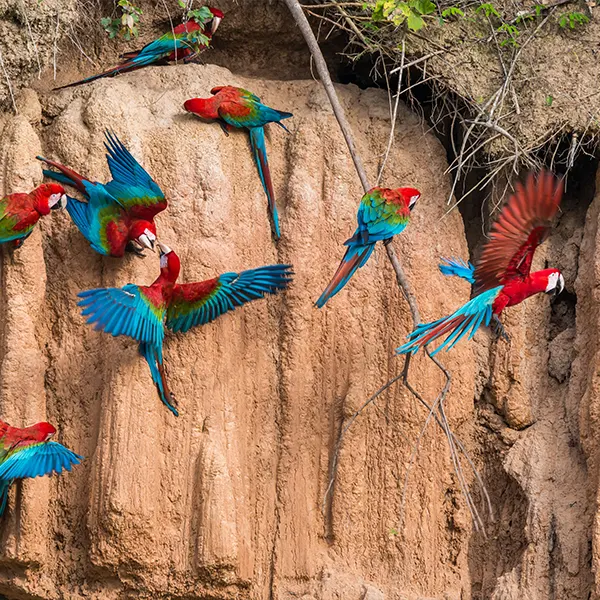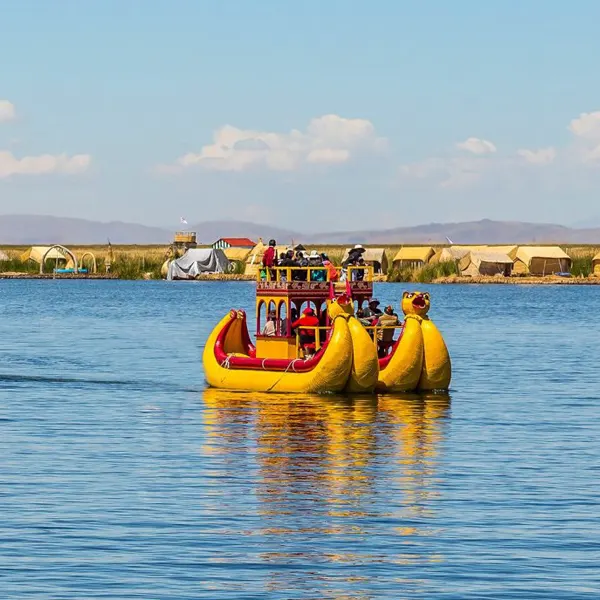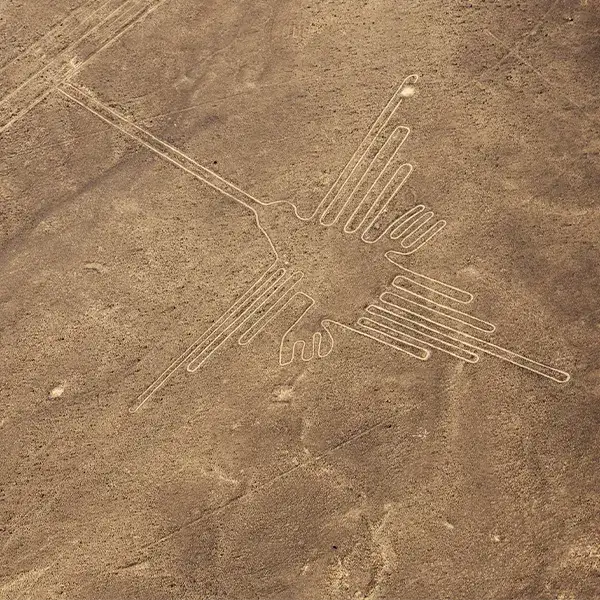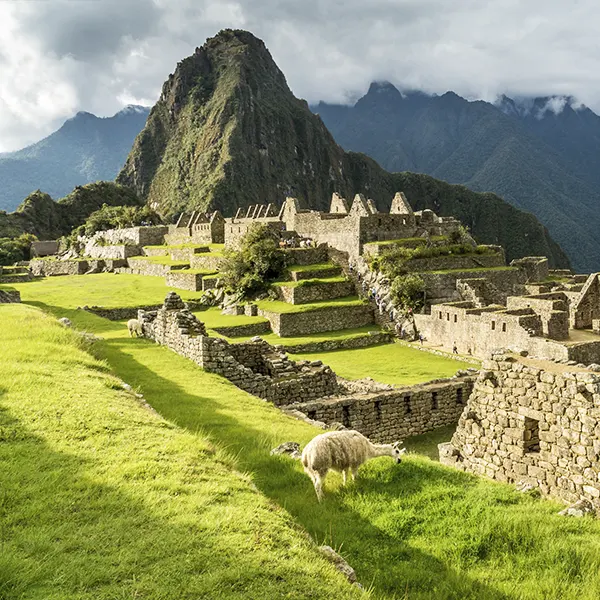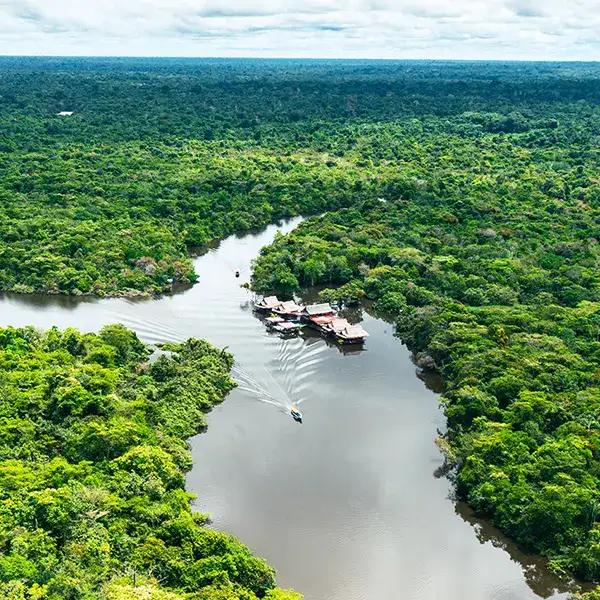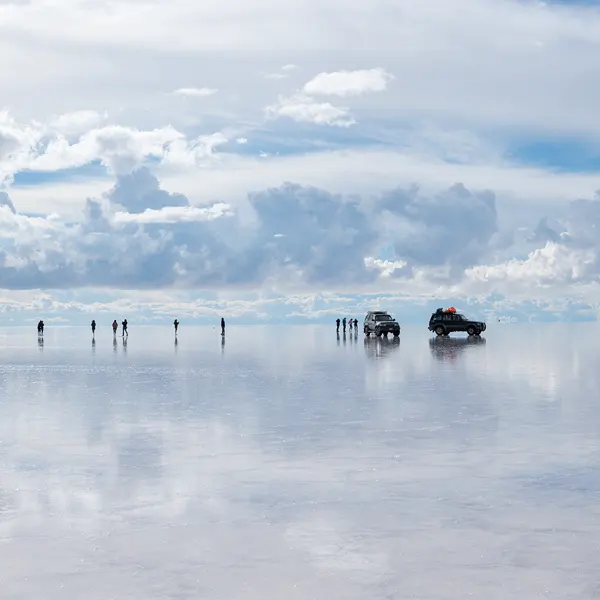Are you thinking of traveling to the Inca Lands? There are many different aspects to consider for your trip to Peru. How do you get to Peru? How will you travel? Where will you stay? What type of accommodation is offered? What are you going to see? Is it safe to travel without an organized tour? These are all valid questions to ask when planning your trip not only in Peru but also in all parts of the world. However, in this article, the Machu Travel Peru team will talk about another equally important topic. So, what language in Peru is spoken? Join us to learn about its most important idiom, Spanish, and the different dialects that are spoken in the country and to what extent.
But in addition to knowing the main language of Peru, we also want you to know some of the Andean and indigenous languages that are not so well known. Peru is a wonderful place that not only has a great diversity of landscapes, but also cultures and languages. For example, it is known that more than 150 indigenous languages were documented during the 16th century. This was during the process when the Jesuits settled in Peru. And many of these languages are now lost or mixed with some others. And with evangelization came mandatory teachings where it was sought to impose the Spanish language.
The different languages in Peru and their characteristics
- What is the main language in Peru?
- Languages in Peru distribution
- Used slang in Peru
- The Spanish language
- The Quechua language
- The Aymara language in Peru
- Why Peru has so many native languages?
- Native languages without borders
- Lost languages
What is the main language in Peru?
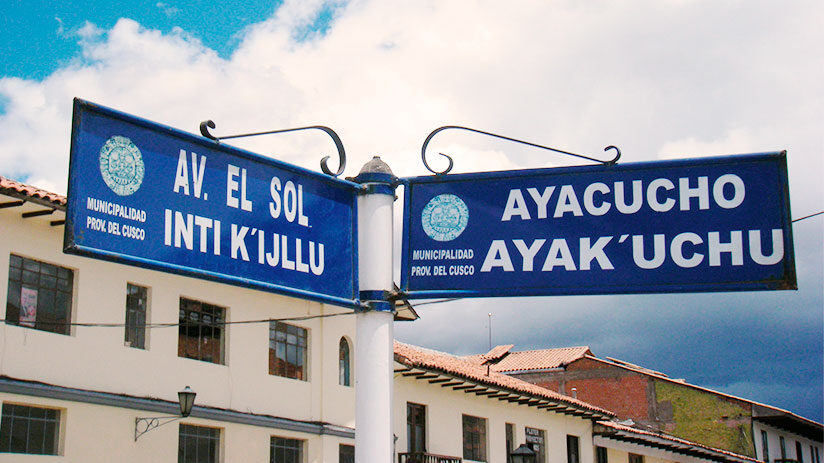
In a country of 33 inhabitants million, the official and main language of Peru is Spanish, with 82% of the population speaking the European language. Quechua (the ancient Incas language) follows it, with 13% of native speakers. Finally, the Aymara language of the Altiplano (border with Bolivia) is spoken by 2% of the population.
During the 2007 census in Peru, about four main languages were recorded. Even though there is knowledge of more than 70 indigenous languages and dialects. Although this number is also strongly disputed, as some linguists claim that the number ranges from 47 to 54 indigenous languages. And among the main languages, a significant 82% of Peruvians speak Spanish. This is the official national language. Despite this, 15% of the population also speaks a language other than Spanish. The second most widely spoken language is Quechua, with 13% of its population speaking it. Then Aymara follows with 2% of the population speaking the language and the rest 3% speaking a native and endemic language in the Amazon.
Languages in Peru distribution
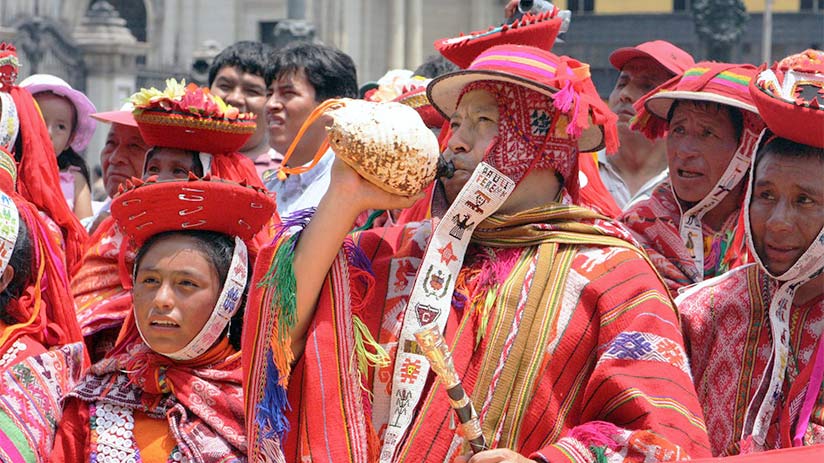
It should be borne in mind that in the urban areas of the country, especially in the coastal region, people are monolingual. So in these regions, you will only find mostly Spanish speakers. This does not mean that there are no bilingual people in the coastal areas. While indigenous and native languages are spoken to a greater extent in rural and remote areas. The indigenous languages of Peru are spoken in the central Andes, the Amazon rainforest, the southern border that borders Bolivia, and the border with Ecuador.
In the Andes, the 4 main native languages are Quechua, Aymara, Jaqary, and Kawki. While the Amazon region enjoys a large number of indigenous languages. The most common indigenous languages are Asháninka and Aguaruna. In addition, it is known that there are more than 105,000 people who speak indigenous languages other than Quechua and Aymara. These people are found in the regions of Ucayali, Madre de Dios, and Loreto. That is, mainly in the east and north of the country (Amazon areas)
Used slang in Peru
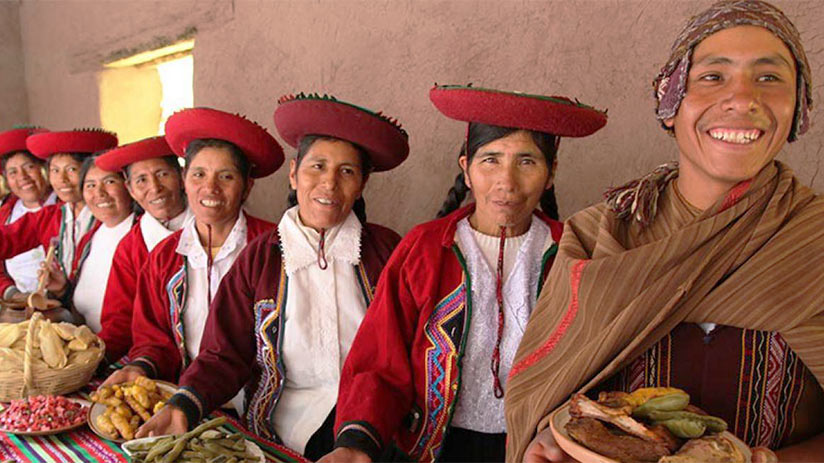
There is a lot of slang, which is only spoken in the Spanish language in Peru. Such as “Chibolo” or “Muchacho” for “Boy” or “Youngster” in English. Or you can refer to “Churro”, “Papasito” and “Guapo”, for good-looking in English. Peruvians tend to add the suffix “-Ito” at the end of a word as a term for affection. For example “Papi” becomes “Papito” which is the lingo that lovingly refers to your father. And “Mami” becomes “Mamita”, the term you would use for your dear mother.
The Inca word for mother earth Pachamama also appears in daily conversations in Peru. You may also hear the word “Pata“, which means someone from your group of friends, used primarily with the younger generation or a group of men talking about a coworker. If you have the time available within your Peru itinerary, it would be good if you meet locals to learn a bit of their lingo.
The Spanish language
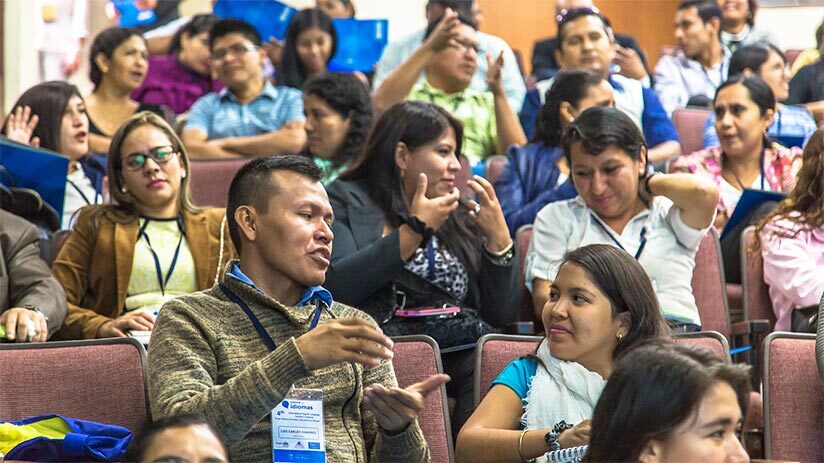
To learn Spanish in Peru, you have to know that it is mainly divided into Coastal, Andean, and the Spanish from the Amazon. For example, Spanish in the Cusco region is influenced by some of the local dialects like the Quechua and Aymara, spoken in that region of Peru. Therefore, you may hear different words than those typically spoken in Lima.
1. Andean Spanish
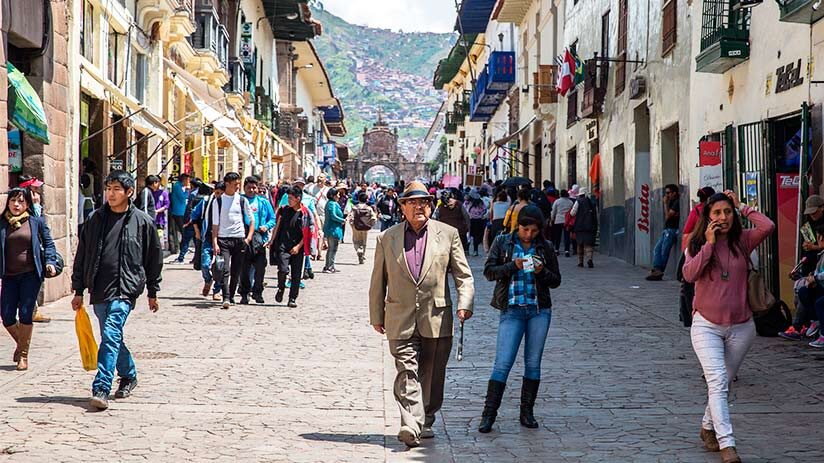
Andean Spanish is spoken more in high-altitude cities, in the Andean plateau, and in Peru’s Sierra. In other words, this variant is spoken in Cusco, Puno, Ancash, Apurimac, Ayacucho, Huancavelica, Junin, and Pasco. Originally, when the Spanish came to Peru, first they were established in Cusco and some high-altitude cities. For this reason, it is said that the purest Spanish was first taught in these places. Nowadays, their inhabitants pronounce the syllables more clearly, with accentuation in the last vowels. In addition, each pronounced word is slower with a special intonation in the S (As in some areas of peninsular Spain). Of course, this language receives some influence from Quechua and Aymara languages (Sounds and words)
2. Coast Spanish
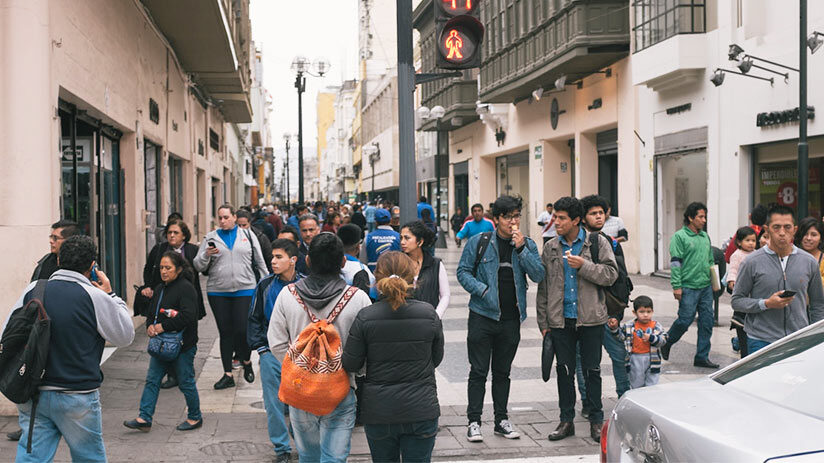
This Spanish type is spoken in southern coastal cities like Tacna, Moquegua, Arequipa, Ilo, Nazca, Ica, Pisco, and Lima. Usually, this Spanish is pronounced with a higher intonation and is spoken faster. Also, when speaking, the costeño inhales the h (Jilera instead of ilera), and pronounces the “ll” like “sh”. Being located in the Peruvian south, this Spanish variant still acquires some Quechua and Aymara vocals.
Meanwhile, the Spanish of the north coast (spoken in Lima, Trujillo, Chiclayo, Piura, and Tumbes) conserve similar characteristics to its brother of the south with the only difference that this acquires vocals of Caribbean countries like Colombia, Venezuela, Panama, even Cuba (Due to the large influx of migrants from these regions of South America) Like “Papi” or “Mami” refers to a friend. In some words, the letter “r” is replaced by the letter “l” among other examples.
3. Amazon Spanish
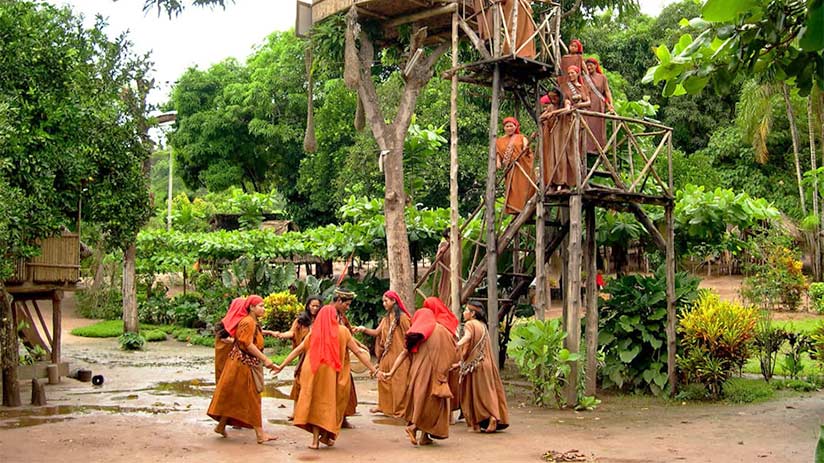
The Spanish Amazon variant presents a special intonation, they speak like singing. Of course, each pronunciation is well-intonated and receives the influence of vocals and letters of more than 70 native dialects developed along all of Peruvian Amazon.
The Quechua language
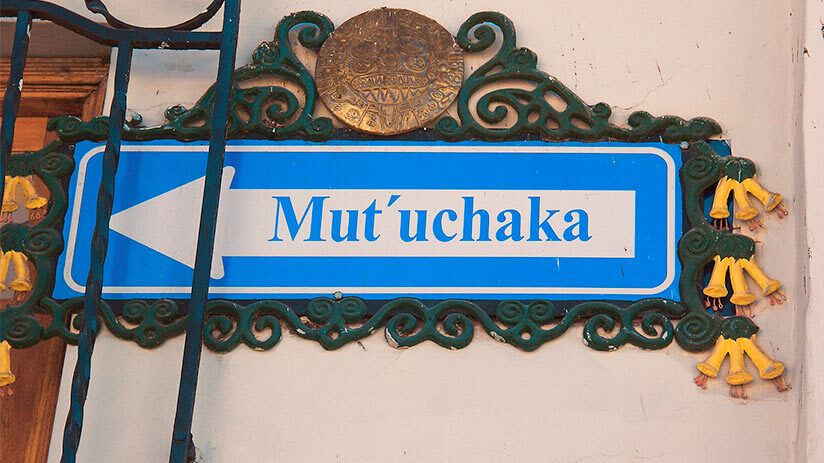
Recently, the Inca language of Quechua has received the status of the official language of Peru. The Quechua language was spoken by the Incas and is widely spoken in the Peruvian Andes. A spoken language like the Inca had no written language; Quechua is full of wonderful sounds but it is extremely difficult to speak. Quechua and Spanish are often mixed to form a fun mix of words that only local people understand. The language in Peru has survived for more than five hundred years. When the Spanish arrived, they tried to erase the language, but with perseverance, it remains today. Quechua is spoken by a third of the population of Peru and is mainly in the mountains.
Quechua refers to both the name of the language in Peru and its entire linguistic family. This language is spoken both in the highlands of Peru and in other nations of the continent. Only in Peru, you can find more than 4 million speakers. It is, without a doubt, the most widely spoken and known native language in the country. It has even achieved the status of a national language, which is why, together with Spanish, it is another of the official languages. As is common knowledge, Quechua was the main language of the entire Inca Empire. And despite the Spanish invasion in the 16th century, the language survived the conquest. You could even say that it has evolved and changed a lot since Inca times. There are different variants of Quechua that are spoken in different regions of the country.
A. History of the Quechua language
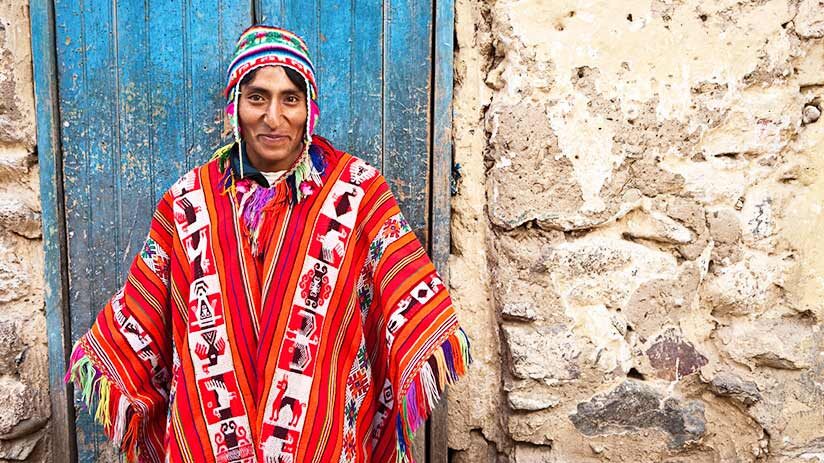
In big cities, there is usually a bit of discrimination concerning ancient traditions. With constant globalization where certain cultures overshadow others, the traditions of the country can be a bit outdated for the people of the big cities. This is why the Quechua language is not popular with people in the big cities, who seem to feel that the language is for the poor and uneducated. Former President Alejandro Toledo led a campaign to teach the language in schools. The project was successful as most schools teach some Quechua today. The former president delivered an inaugural speech in Quechua at the Inca Citadel of Machu Picchu until his wife, who was born in Belgium, delivered her speech in Quechua. On the different tours in Peru, you will surely have the opportunity to hear the locals communicate in Quechua.
B. Examples of Quechua
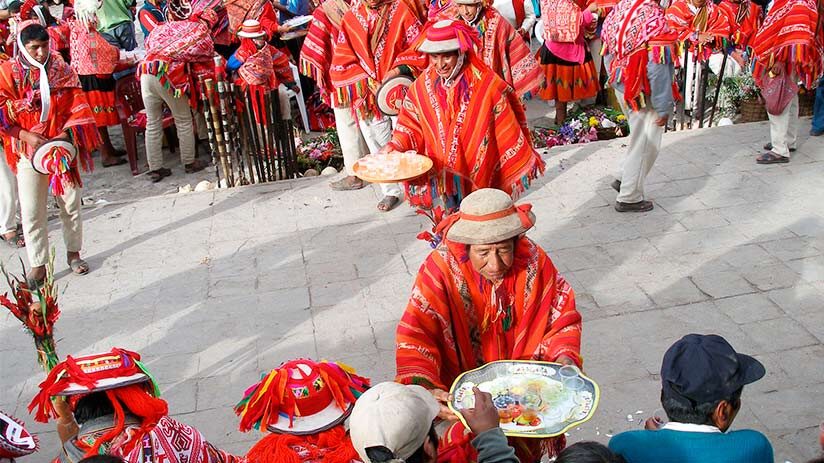
If you want to learn a bit of Quechua, you are in the right place. Here are some basic words to learn.
- Yes > Riki
- No > Mana
- Mother > Mama
- Father > Tayta
- Thanks > Añay
There are many subdivisions and variants within the Quechua language family. So much so that some Quechua speakers find it difficult to communicate with people from different regions. A member of a Quechua community in northern Peru, for example, might have difficulty communicating with someone from Cusco, Puno, or the Lake Titicaca Islands.
The Aymara language in Peru
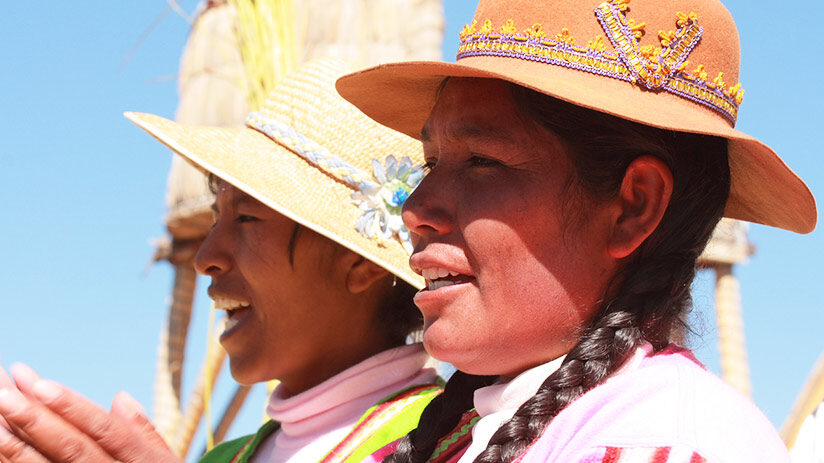
Another common language in Peru is Aymara, which is used in southern Peru, mainly in the areas surrounding Puno and Lake Titicaca. This language is also strong in the north of Bolivia and the north of Chile, in all these areas there are around three million speakers of the language. Although it is a similar language to Quechua, Aymara has many differences. The main is the very distinct pronunciation. There have been many attempts to create a written language, but this has proven to be complicated, to say the least. Despite this, one of the best things to do in Peru is to listen to some Aymara speakers.
Aymara is another of the important native languages of Peru. The language has more than two million speakers throughout the Latin American continent. The Andean regions of Peru, Chile, Argentina, and Bolivia enjoy being part of this wonderful native language. But in Peru, only 1.7% and 2% of the population speak this language. It is the third most spoken language in the country. Along with Quechua, Aymara also enjoys being one of the official languages of Peru. And despite being a completely different language from Quechua, it shares many common words with this language. So linguists suggest that these two languages were related at some point.
A. History of the Aymara language
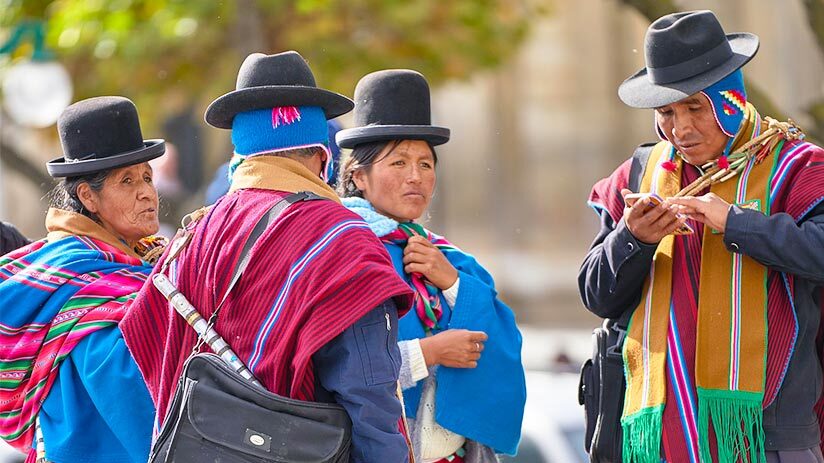
The language was originally a series of symbols, mainly pictures of people or things. These symbols represented the things they portrayed. There were many variations in the way the symbols were used. Besides, the symbols were never standardized. This also depended on the region. There are also many other languages including Jaqaru, Ashaninka, Aguaruna, Axinica, Caquinte, and Machiguenga to name a few. These languages are from many different parts of Peru but are not as spoken as Spanish, Quechua, or Aymara. Take advantage of tourism in Peru to learn about the different dialects spoken in Peru.
B. Examples of Aymara
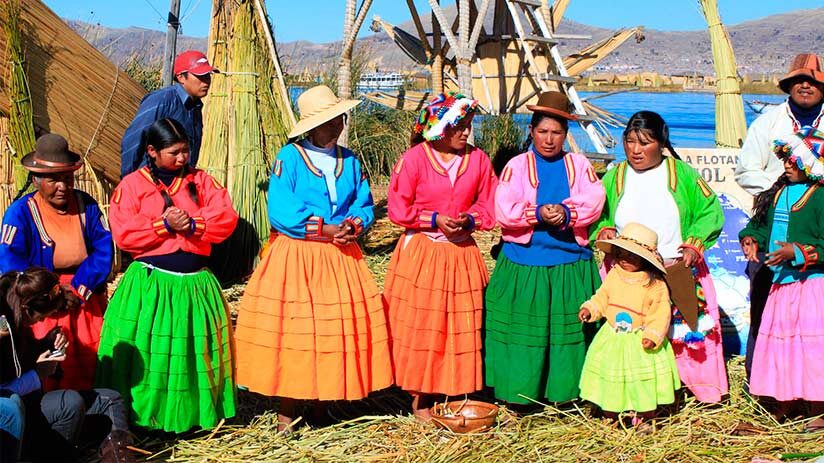
The Aymara language is also a very fun language to learn. Here are some basic words to give you an idea of this language.
- Hello, how are you? > Kamisasktasa
- Hello > Kamisaki
- Good Humor, Kind regards, Joy, Humor. > Jallalla!
- Hug > Qhuma
- Snake > Amaru
As with the Quechua language, Aymara also has different varieties. Only in Peru can you see two main varieties. In Peru, there is Central Aymara which is spoken only in Puno. And there is also the South Aymara that is spoken in the regions of Madre de Dios, Lima, Tacna, Moquegua, and Puno.
Why Peru has so many native languages?
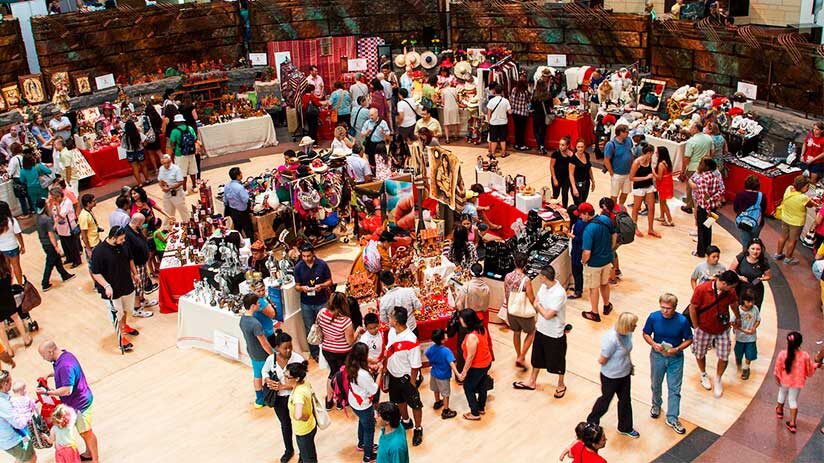
Peru is a so complex country with great biodiversity, many cultures that developed through the years, with a variety of lands and climates so different, that it represents a paradise for many scholars, biologists, historians, and archaeologists among others. With more than a million square kilometers, the Peruvian territory is the third-largest in all of South America. A cold sea rich in marine life bathes its sandy shores at the western end, high rocky mountains cross it in its central part and a lush jungle shelters the Amazon at its eastern end. Not in vain Peru is called the Geographical Synthesis of the World.
Therefore, when the Spanish invaded the Inca kingdom in 1533 and imposed their language, they didn’t reach to get all Peruvian lands, at least those that were located in the high and inhospitable parts of the Andes, in addition to those areas of the deepest Amazon, protected by leafy trees, dense undergrowth, and mighty rivers. Precisely in these areas, Quechua prevailed and endured over time, in addition to other native languages such as Aymara in the Puna, Shipibo in the Amazon, and others created under the protection of never being discovered and eradicated by the European invader.
For this reason, the Jesuits managed to document more than 150 native languages in Peru in the 16th century and today more than 84. Simply incredible!
Native languages without borders
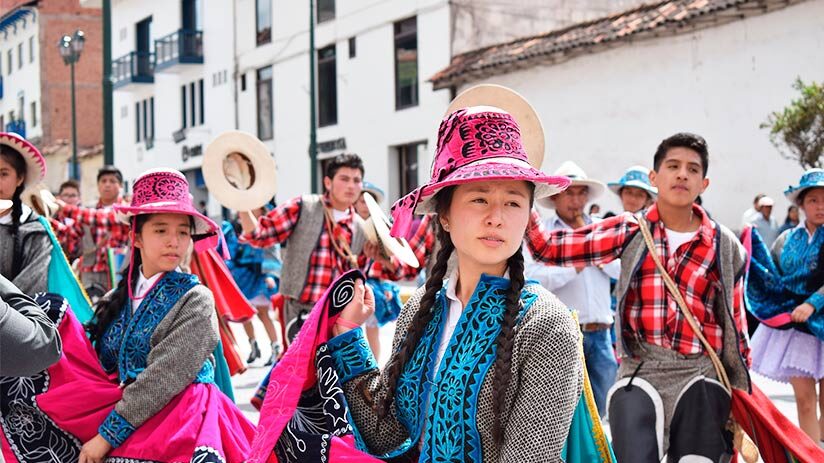
As we mentioned, one of the most curious aspects of the native languages of Peru is that they existed long before the territory was divided into the nations that we know today. So it is not surprising that some of Peru’s native languages are spoken in other Latin American countries. For example, the native Quechua language is spoken by more than 9 million people across the continent. An important figure considering the age of this language. The countries where this language is found are Bolivia, Ecuador, and northwestern Argentina. So Quechua is the most widely spoken native language in all of South America. While Aymara, another of the native languages of Peru, is also spoken in other regions of the continent. This ancient language is shared within the north of Chile, Argentina, and Bolivia. So these languages are shared in different regions that were previously part of the Inca Empire.
Lost languages
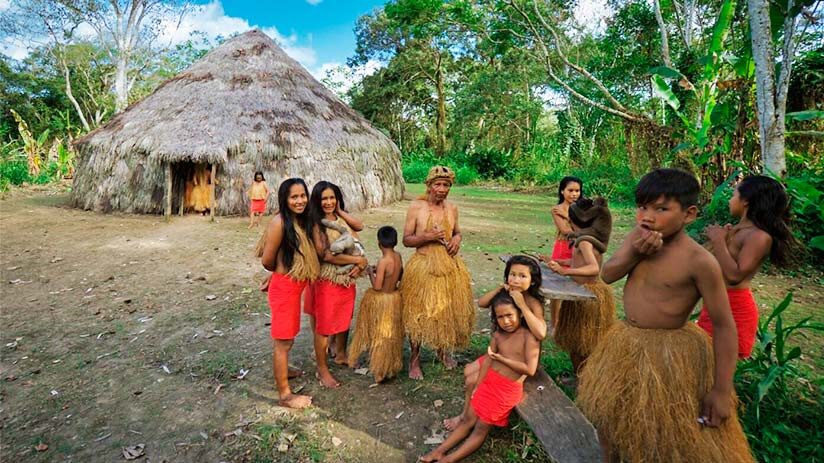
Another great fact to keep in mind about the language in Peru is the many languages that have disappeared in the last 40 years. According to a report provided by the Peruvian Ministry of Culture, more than 35 indigenous languages are believed to have disappeared. The languages that currently survive are known to be those that have withstood centuries and centuries of discrimination. This is largely because their speakers continue to use these languages in familiar settings and their respective communities. It is the activities of daily living that reinforce these languages within the respective societies.
And due to this growing loss of languages, the government has taken action through the Ministry of Culture. These measures seek the documentation and preservation of indigenous languages in the country. This process usually takes shape with the registration of the alphabet of each of the languages. With this form of registration and documentation, the government can develop educational materials for all areas and grades. All while promoting intercultural bilingual education in different institutions. It is one of the best ways that the different native languages of the Peruvian jungle continue to coexist.
“LANGUAGE IS THE ROAD MAP OF A CULTURE. IT TELLS YOU WHERE ITS PEOPLE COME FROM AND WHERE THEY ARE GOING.”
We hope, together with the experts from Machu Travel Peru, to have been helpful. Remember that you can enjoy our personalized tours throughout Peru. In some destinations, you will be able to distinguish the wonderful languages in Peru. Especially in destinations like Cusco, Puno, and other Andean regions. If you want to know more about our incredible tours, you can consult with our qualified advisors. Make sure you also get to know the Amazon rainforest and the many indigenous cultures that inhabit it. Explore our wonderful languages on an adventure tour made especially for you!
Peru has so much to offer, it can be hard to know where to start. With many years of experience in the tourism sector, Machu Travel Peru is happy to help with anything regarding your trip to Machu Picchu and any tours around it. Make your Machu Picchu experience an unforgettable one!
